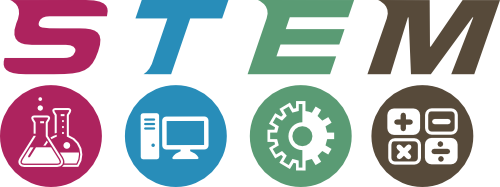A lot of money is being spent to develop STEM in South Australian schools. But after all is said and done these resources (considering their cost) will not fully support student learning if teacher practice does not also develop.
Improved student learning opportunities in STEM will come from teachers feeling confident about their knowledge and understanding of STEM and their understanding and use of pedagogical practices that are effective in the teaching of STEM.
Teaching practice associated with quality STEM learning includes:
- Allowing some control to be given to students, increasing student input and responsibility. Read this article for ideas about how to do this.
- Providing hands on experiential learning. What is experiential learning?
- Promoting collaboration with peers, community and industry. To find out more about collaboration in the classroom read this article.
- Promoting risk taking, experimentation and learning from failure. This is not just for students, teachers should model these qualities for their students. To find out more about failure in the STEM classroom read this article.
- Teachers need to be flexible. STEM may not always address the Curriculum in the way a text book or traditionally planned program might. You may need to change direction mid program depending on where student investigations lead them (it may not be where you thought it might go).
- Guided inquiry. Teachers develop the skills of facilitating rather than dictating. Students need to be able to independently think and act like engineers through research, trial and error. For a more detailed look at inquiry based learning read this article.
- Teachers need to embrace digital tools and technology in the classroom. Find ways to make technology work for you and your students. Learn about the SAMR model of technology use by watching this two minute video.
Another important consideration for schools is to think about how STEM programs are structured in classrooms. What are the potential models that a school or teacher might consider?
- Teach all four but more emphasis on one or two: A teacher integrates mathematics and science through a challenge based unit of work where students design a vehicle. Source
- Integrate one into the other 3 being taught separately: The engineering processes of team work, identify and investigate a problem, design a solution, and testing and evaluation is added into some science and mathematics units, but there are limited links across the science and mathematics subjects. Source
- Total integration of all by a teacher: Science teacher integrating, T, E and M into science. A school introduces a new STEM elective focusing on designing digital solutions to real world problems. Source
- Divide a STEM curriculum into the separate subjects: Technology, science and maths teachers design a combined unit and each teacher teaches different components of the unit in their separate subject, and with clear contributions from science, maths and technology subjects in solving a common problem. Source
Leaders and teachers have a joint responsibility to ensure that appropriate pedagogy is used in all areas of teaching. If we do not develop our teaching strategies and develop a strong knowledge and understanding of STEM then we risk spending a lot of money for little reward.
Sources:
10 Essential STEM Teaching Practices
Successful students STEM








